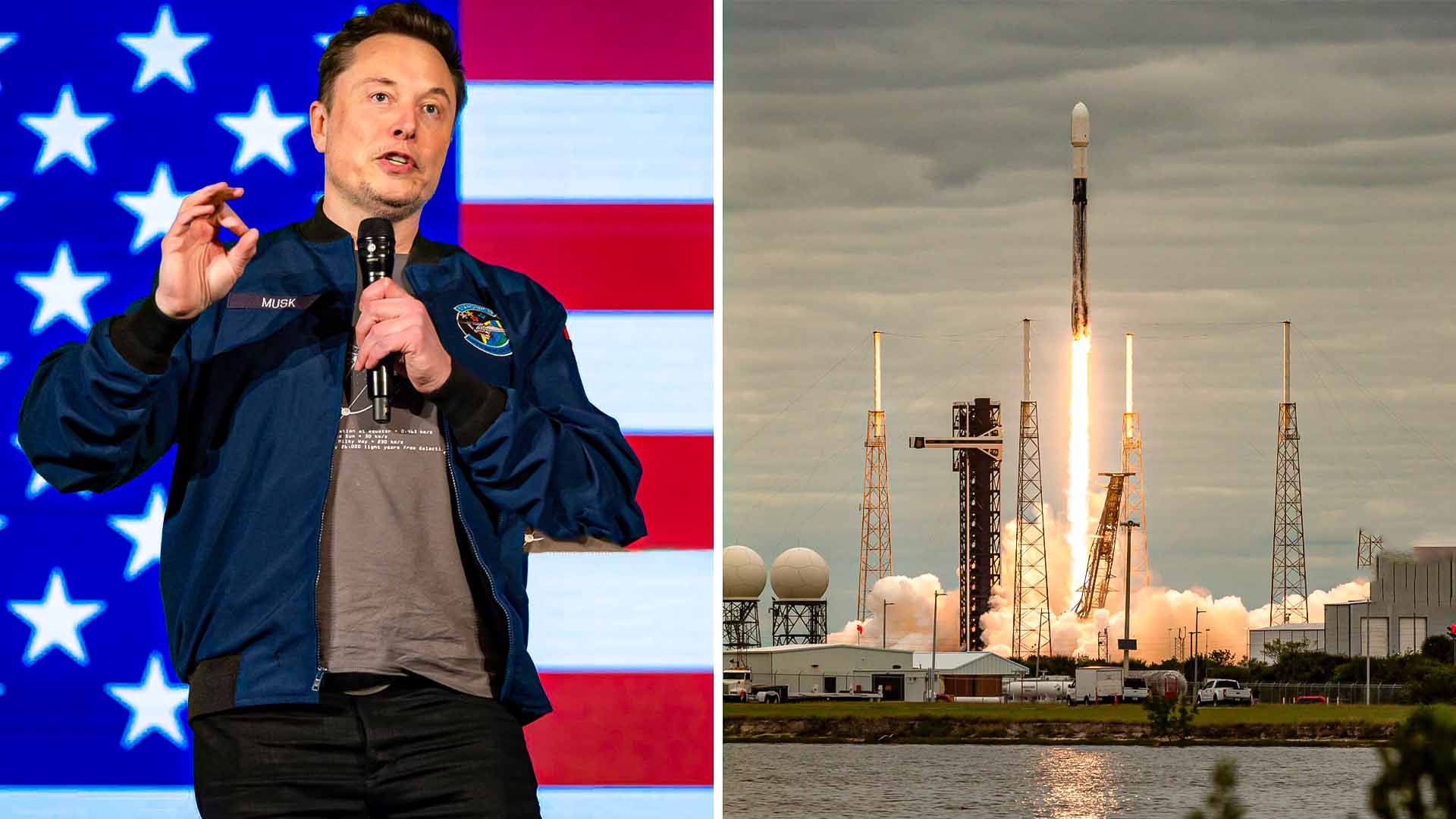On January 16, SpaceX’s Starship vehicle experienced a significant incident during its seventh flight test. The Starship, a 403-foot-tall (123-meter) megarocket, launched from SpaceX’s Starbase facility in South Texas.
The mission initially unfolded as planned, with the Super Heavy booster and Ship upper-stage spacecraft successfully separating. The Super Heavy booster safely returned to the launch site, where it was caught by the launch tower’s “chopstick” arms.
However, the Ship upper stage encountered issues approximately 8.5 minutes after liftoff, breaking apart over the Atlantic Ocean.
This event was witnessed by observers in the Turks and Caicos islands and nearby regions, creating a dramatic display in the sky.
Preliminary investigations, led by SpaceX and its founder Elon Musk, suggest that the incident was likely caused by a leak in the cavity above the ship engine firewall.
This leak allowed oxygen and fuel to build up pressure beyond the vent’s capacity. Musk proposed corrective measures, including improved fire suppression, increased vent area, and more rigorous leak checks.
Despite the setback, he stated that no evidence currently suggests delaying the next launch beyond February.
SpaceX emphasized in a blog post that the anomaly caused a fire in the ship’s aft section, leading to what the company termed a “rapid unscheduled disassembly” — a technical term for a spacecraft explosion.
The company is conducting a thorough investigation in coordination with the FAA to implement necessary improvements for future tests.
SpaceX noted that the launch vehicle remained within its designated flight corridor, designed to protect public safety. Any debris from the explosion fell within the pre-established hazard area.
The FAA temporarily rerouted and slowed aircraft in the vicinity of the debris fall but resumed normal operations shortly afterward.
Despite this incident, SpaceX remains committed to an ambitious testing schedule for 2025, with plans to conduct up to 25 Starship launches throughout the year.
